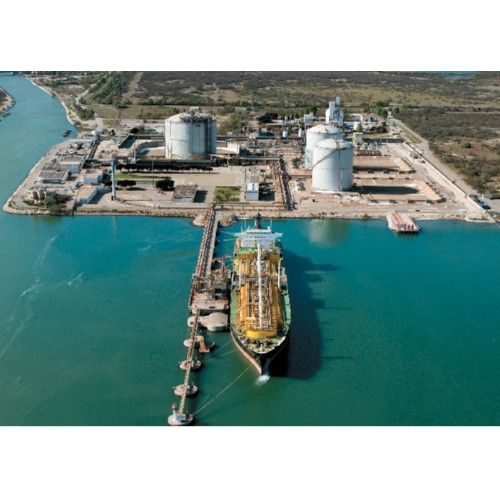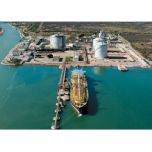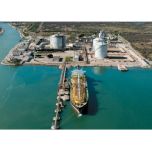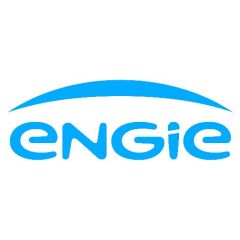
Medhyterra - A low-carbon ammonia import terminal on the Fos Tonkin site
Products


Information
The Medhyterra project involves redeveloping part of the Fos Tonkin LNG terminal into a low-carbon ammonia import, storage, and distribution terminal.
It plans to construct a 30,000 m³ tank in place of a decommissioned LNG tank.
Existing infrastructure will be repurposed to accommodate ships transporting up to 200,000 tonnes of low-carbon ammonia per year (10 to 15 ships annually).
The project aims to supply the Fos-Berre area with low-carbon ammonia to decarbonize the activities of ammonia and/or hydrogen-consuming industries, thanks to its downstream cracking of the terminal, as well as maritime mobility as an alternative fuel.
Brand
Medhyterra
